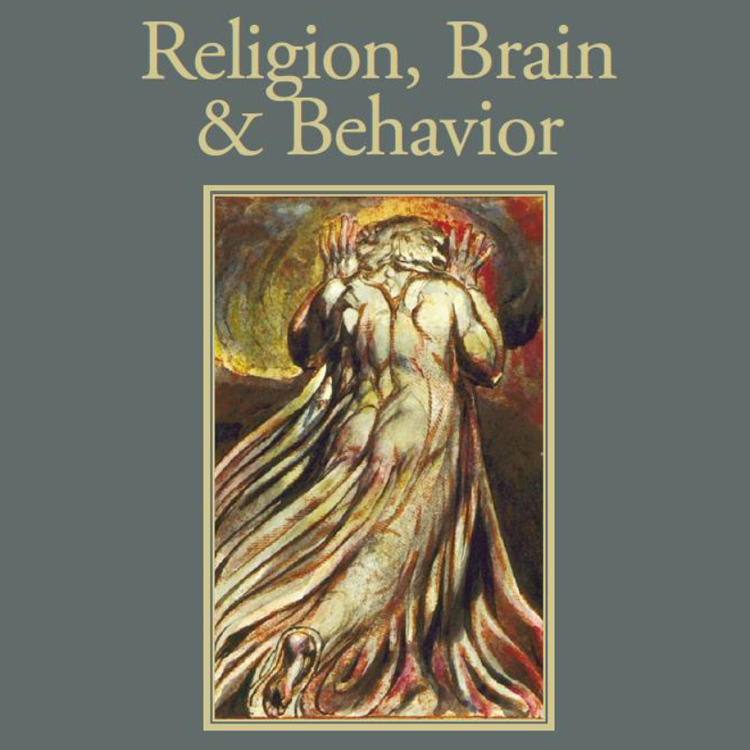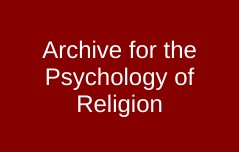Post-Doctoral Fellow Connor Wood and Research Director Catherine Caldwell-Harris
Journal of Cognition and Culture
April 27, 2018
Abstract: Synchrony — intentional, rhythmic motor entrainment in groups — is an important topic in social psychology and the cognitive science of religion. Synchrony has been found to increase trust and prosociality, to index interpersonal attention, and to induce perceptions of similarity and group cohesion. Causal explanations suggest that synchrony induces neurocognitive self-other blurring, leading participants to process one another as identical. In light of such findings, researchers have highlighted synchrony as an important evolved tool for establishing and maintaining collective identity in human groups, particularly within ritual and religious contexts. However, many aspects of group life require coordination rather than mere prosocial cooperation. In coordinative contexts, interpersonal relations and motor sequences are often complementary rather than identical, and leadership hierarchies streamline group decisions. It is thus unclear whether synchrony would benefit or hamper group outcomes in contexts requiring complex interdependent coordination and hierarchy. In a two-condition experimental paradigm, we tested the effects of synchrony on the outcomes of a three-person, complex verbal coordination task. Groups in the synchrony condition performed more poorly on the coordination exercise and reported higher levels of conflict as well as lower levels of group cohesion and similarity. We interpret these results as indicating boundary conditions on the prosocial effects of synchrony: in settings that require complex, interdependent social coordination, the self-other blurring induced by synchrony is situationally inappropriate. These findings dovetail with the anthropological observation that real-world ritual is often focused on establishing and reinforcing social distinctions rather than social unison.



